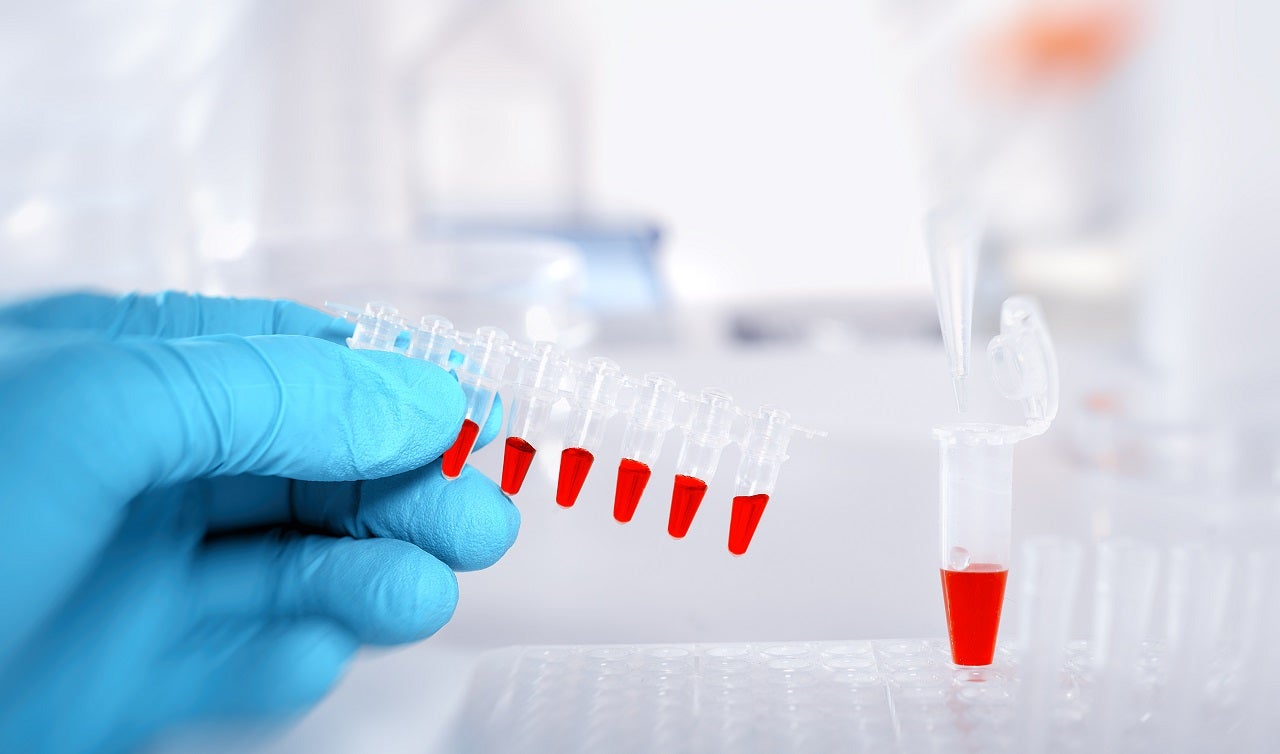At this month’s virtual 15th International Conference on Alzheimer’s Disease and Parkinson’s Disease (AD/PD 2021), Switzerland-based pharmaceutical company Roche presented the global challenges in the management of Alzheimer’s disease and discussed the lessons from the Covid-19 pandemic in responding to global health crises.
Research on new and low-cost biomarkers is needed to overcome diagnostic challenges and to allow the disease to be detected early. There is a large, unmet need for simple, inexpensive and non-invasive tests that could be applied on a large scale to screen for Alzheimer’s. Finding a biomarker in Alzheimer’s that translates into clinical meaningfulness has been a challenge for biomarkers in the central nervous system.
A biomarker is a characteristic that is objectively measured and evaluated as an indicator of normal biological processes, pathological processes, or pharmacologic responses to a therapeutic intervention. The current method to definitively diagnose the disease is through brain scans and tests of cerebrospinal fluid (CSF), which must be collected via lumbar puncture, but these procedures are invasive and expensive.
These challenges have created opportunities for biomarkers that can be measured in a simple way and that are less invasive and expensive, such as blood biomarkers or digital biomarkers. Biomarkers could facilitate early diagnosis, especially in countries with a high prevalence. They could also facilitate patient assessment prior to enrolment in clinical trials, helping exclude patients with underlying conditions that could mimic or aggravate Alzheimer’s symptoms.
According to GlobalData’s Pharma Intelligence Centre, Alzheimer’s is the major indication in the central nervous system being targeted for the development of drugs involving biomarkers, with 902 clinical trials being conducted. The Aβ, tau and APOE proteins are being targeted the most as biomarkers in Alzheimer’s.
There are currently three diagnostic tests for Alzheimer’s that have been approved by the US Food and Drug Administration (FDA) and European Medicines Agency (EMA). These tests are positron emission tomography (PET) neuroimaging scans capable of detecting beta-amyloid plaques in the brains of living patients. The first diagnostic test for Alzheimer’s was approved in 2012.
How well do you really know your competitors?
Access the most comprehensive Company Profiles on the market, powered by GlobalData. Save hours of research. Gain competitive edge.

Thank you!
Your download email will arrive shortly
Not ready to buy yet? Download a free sample
We are confident about the unique quality of our Company Profiles. However, we want you to make the most beneficial decision for your business, so we offer a free sample that you can download by submitting the below form
By GlobalDataChanges in biomarkers can occur many years before Alzheimer’s symptoms start, and the scientific literature has shown that biomarkers can help to differentiate Alzheimer’s from other types of dementia in the early stages. If physicians can easily and effectively detect it in its early stages, they can enrol patients in experimental trials for preventative treatments. This would be doubly beneficial, as a lack of qualified patients being available for clinical trials is one of the main reasons for drug trial failures in Alzheimer’s. Evaluating patients more carefully, and referring them to specialists who can administer more complex cognitive exams or use the latest diagnostic biomarker tools, can confirm a diagnosis. Using this confirmation, researchers can develop preventative treatments and offer patients a more personalised approach.










Related Company Profiles
European Medicines Agency
Roche S.A.